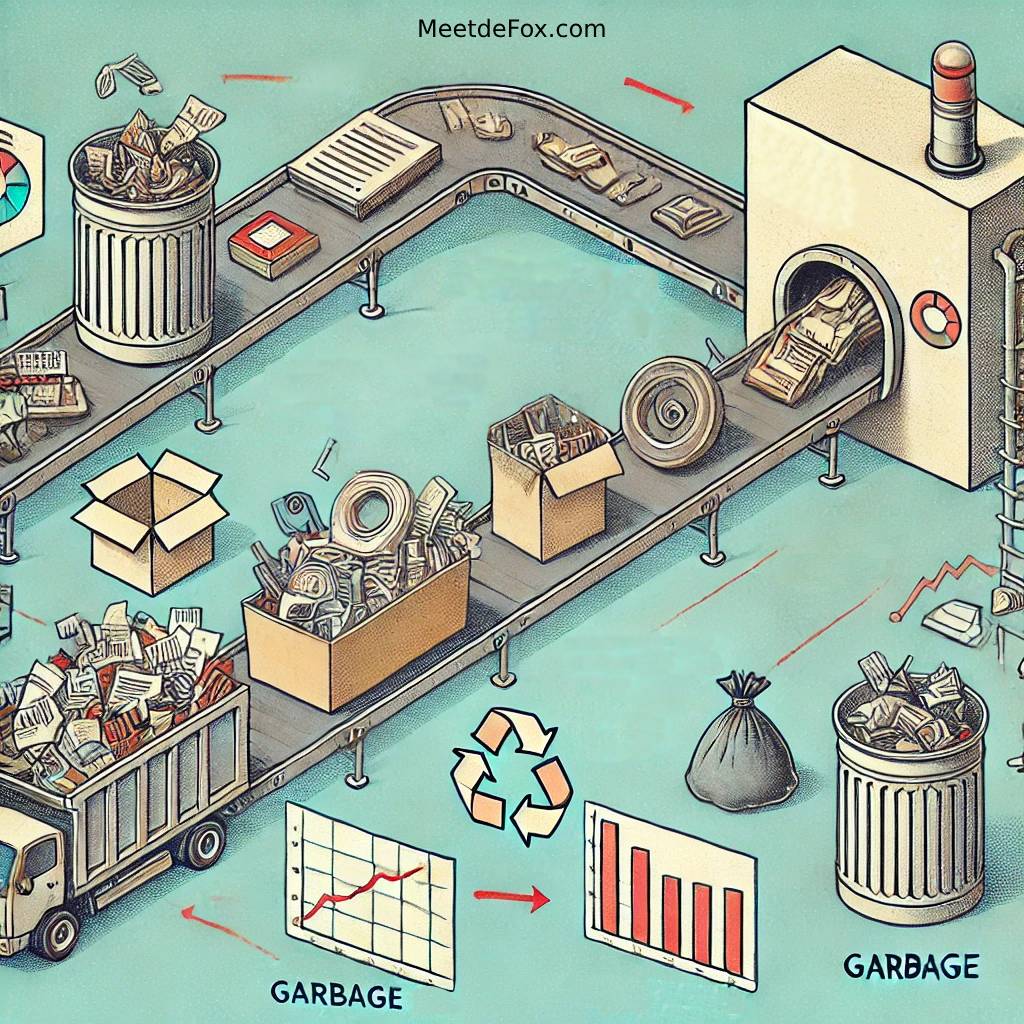Garbage In – Garbage Out: A/B Testing is Not a Way to Find the Problem!
A/B testing is a popular User Experience (UX) research technique that plays a significant role in Design Thinking. It is often used to optimize user experiences and improve conversion rates by comparing two variations of a design to determine which one performs better. While A/B testing has its advantages, it also has limitations that need careful consideration.
The Nature of A/B Testing
A/B testing involves comparing two versions of a design to see which one achieves a specific goal more effectively. It is typically used to test small changes, such as the color of a CTA button or the wording of a headline. This method requires keeping all other variables constant to isolate the effect of the change being tested.
A/B testing can be performed at different stages of the design process, but it is most effective when applied to live products. Early-stage testing on prototypes can yield different results compared to live products due to various uncontrolled factors that come into play in real-world usage.
Limitations of A/B Testing
- Sample Size and Duration:
- Statistical Significance: Reliable A/B testing requires a large sample size to achieve statistical significance. Tests with small sample sizes or short durations can lead to misleading results due to random variations in user behavior. It is recommended to run tests for at least a full business cycle to account for daily and weekly variations (ninetailed.io).
- Bias and Variability: Ensuring that users consistently experience the same variation is crucial to avoid biases. Randomly switching users between groups can introduce biases and invalidate the results (HubSpot).
- Complex Changes:
- Multiple Variables: A/B testing is suitable for testing one variable at a time. Testing multiple variables simultaneously (multivariate testing) can complicate the analysis and require even larger sample sizes to draw reliable conclusions. For more complex changes, breaking down the experiment into smaller tests is advisable (BrillMark).
- Early vs. Live Testing:
- Prototypes vs. Live Products: Results from A/B testing on prototypes may not translate to live products due to additional interacting variables in a live environment. Therefore, testing on live products is more reliable, but it also requires more resources (LogRocket).
- Assumption-Based Testing:
- Underlying Assumptions: A/B testing evaluates specific design changes without questioning the underlying assumptions. It can validate whether a particular change improves a metric but does not necessarily address whether the change addresses the correct problem or the best solution (HubSpot).
- Resource Intensive:
- Cost and Time: A/B testing can be resource-intensive, requiring significant time and effort to set up, run, and analyze tests. In some cases, it may be more efficient to rely on qualitative methods or expert insights to guide initial design changes before validating them through A/B testing (BrillMark).

Alternatives and Complementary Methods
- Qualitative Research: Engaging directly with users through interviews, surveys, and usability testing can provide deeper insights into user needs and motivations, which can complement the quantitative data from A/B testing (LogRocket).
- Continuous Iteration: Rather than relying solely on A/B testing for optimization, adopting a continuous iteration approach allows teams to make incremental improvements based on a combination of qualitative and quantitative feedback (ninetailed.io).
Conclusion
A/B testing is a valuable tool for optimizing user experiences and validating design changes, but it should not be the sole method relied upon. It is most effective when used to test specific hypotheses with sufficient sample sizes and when complemented by qualitative research methods. Understanding its limitations and integrating it into a broader UX research strategy can lead to more informed and effective design decisions.
